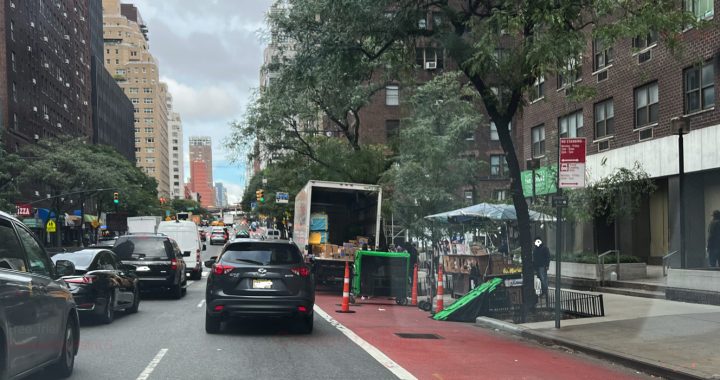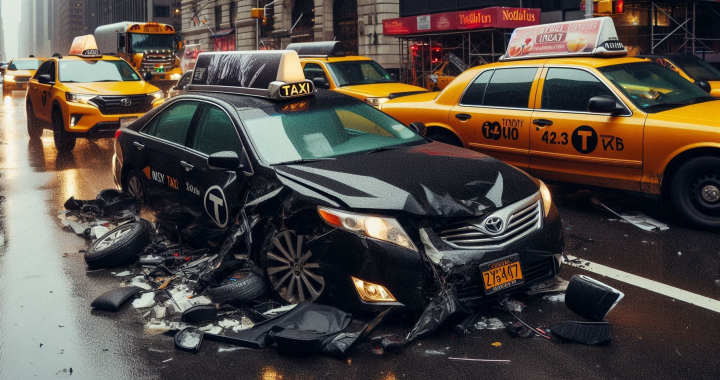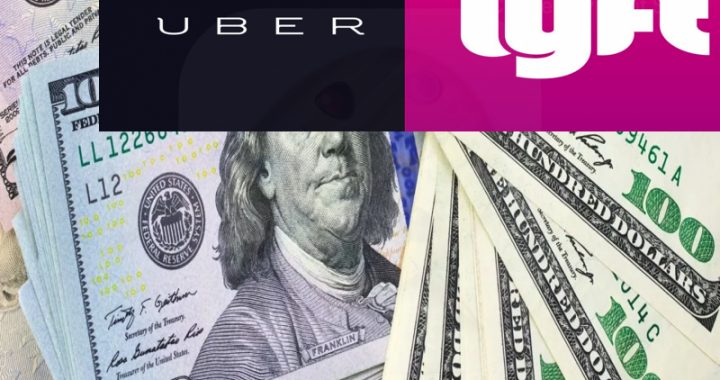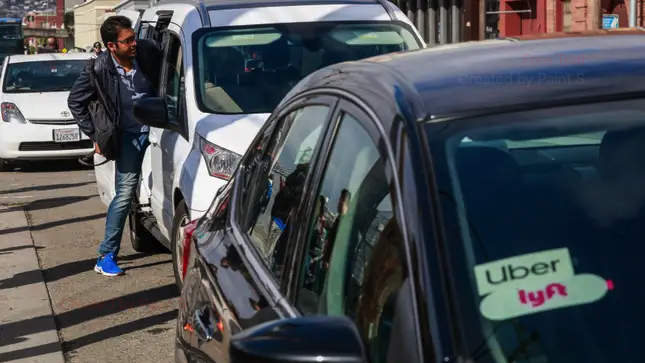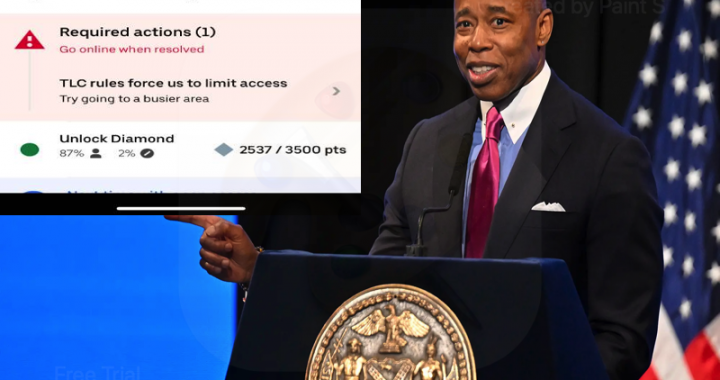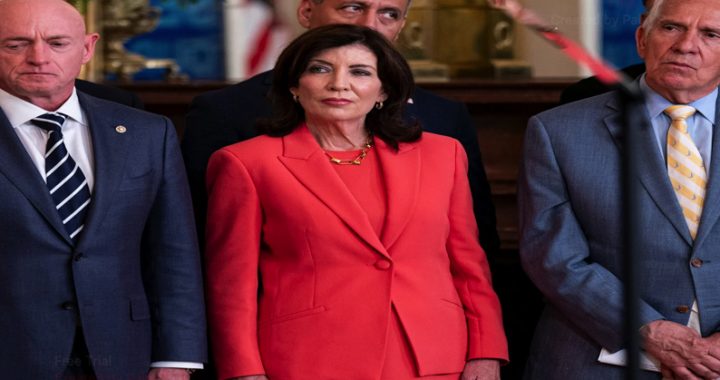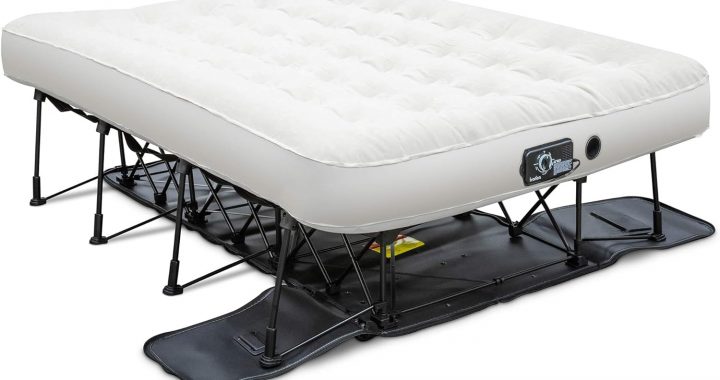For more than a decade, New York City has been grappling with an escalating traffic crisis, and many attribute this worsening situation to the city’s leadership over the last 12 years. A combination of inconsistent law enforcement, poorly thought-out infrastructure changes, and political gridlock has contributed to a chaotic transportation landscape. Here’s a breakdown of the key factors driving New York City’s traffic mess.
Unequal Treatment and Widespread Disregard for Traffic Rules
One of the most glaring issues impacting New York City traffic is the unequal enforcement of traffic laws. Over the past 12 years, delivery companies, including corporate giants like Amazon, have routinely violated parking and traffic regulations with minimal repercussions. Their trucks regularly block key lanes on major thoroughfares like First and Third Avenues, particularly in the downtown and midtown areas, worsening congestion during peak hours.
This preferential treatment of large delivery companies has sent the wrong message to everyday drivers, fostering a general sense of impunity. When commercial trucks, which are supposed to follow strict rules regarding where and when they can park, face little to no consequences for obstructing lanes, it encourages the average driver to do the same. This creates a ripple effect of disrespect for traffic rules that spreads across the city, contributing to double parking, illegal stopping, and unnecessary blockages that further choke the flow of traffic.
Bicycle Lanes and Their Unintended Consequences
While promoting environmentally-friendly transportation options such as cycling is commendable, the city’s implementation of bicycle lanes has inadvertently worsened traffic in certain areas. Over the past few years, many two-lane streets, especially in busy neighborhoods, have been reduced to a single lane to accommodate these bike lanes. This reduction in car space has had a direct impact on traffic flow.
In theory, providing safer spaces for cyclists is a great initiative, but the reality in New York City, with its dense population and high vehicle usage, is more complex. The narrowing of vehicle lanes has led to longer wait times at intersections, more frequent traffic bottlenecks, and frustrated drivers who have fewer options for maneuvering through the city. Moreover, not all bike lanes are used to their full potential, leading to underutilized spaces while traffic backs up in the remaining lanes. The balance between encouraging cycling and maintaining an efficient traffic system has been poorly managed, with congestion worsening as a result.
Bus Lanes: A System Abused and Ignored
Bus lanes, introduced to provide a streamlined route for public transportation, have become another source of frustration due to widespread misuse. These lanes are meant to help buses avoid getting stuck in regular traffic, offering a faster and more reliable service to New Yorkers who depend on public transit. However, a lack of enforcement has led to third-party vehicles regularly invading these lanes, blocking buses and forcing them into standard traffic lanes.
This misuse of bus lanes not only slows down the buses themselves but also defeats the purpose of creating dedicated lanes. As buses merge into congested traffic, their travel times increase, causing delays for passengers. The knock-on effect is that people are discouraged from using public transit, and many choose to drive instead, further increasing traffic volume. Despite the clear negative impact, authorities have largely turned a blind eye to this issue, allowing it to persist unchecked for years.
Political Gridlock and the Toll Debate
One of the most controversial issues in New York’s traffic landscape has been the debate over the implementation of tolls in the downtown area. The idea behind these tolls was to reduce congestion by discouraging the use of personal vehicles in favor of public transportation. By imposing fees on vehicles entering busy areas, the city hoped to push more people toward the subway, buses, and other mass transit options.
However, the plan has faced multiple delays, primarily due to political disagreements. Critics argue that the tolls disproportionately affect lower-income drivers who may not have viable alternatives to driving, while supporters contend that without such measures, traffic in downtown Manhattan will only continue to worsen. With the implementation of tolls suspended indefinitely, many people still find it easier and cheaper to drive their own cars. This has led to increased double parking, congestion in key areas, and further strain on a traffic system that is already stretched to its limits.
The “15-Minute City” Concept: A Poor Fit for New York
The concept of the “15-minute city,” which has been embraced by several European cities, aims to create urban environments where residents can access all necessary services within a 15-minute walk or bike ride from their homes. While this model has been successful in more compact, slower-paced European cities, it has encountered resistance in New York, where the sheer scale of the city and the fast-paced lifestyle of its inhabitants present unique challenges.
Efforts to introduce this concept in New York have met with skepticism, as the city’s infrastructure and culture are far different from those in Europe. New York’s sprawling layout, combined with its dependence on fast, efficient transportation for millions of residents, makes the idea of a “15-minute city” difficult to implement. Additionally, the city’s unique mix of neighborhoods, each with its own distinct needs and patterns of movement, means that a one-size-fits-all approach could create more issues than it solves. Trying to replicate European urban planning in New York without considering the city’s specific characteristics may ultimately lead to even more congestion, not less.
Conclusion
Over the last 12 years, New York City has experienced a decline in traffic management due to a combination of lax law enforcement, poorly executed infrastructure changes, and delayed political reforms. Delivery companies and unauthorized drivers flout the rules, while bicycle lanes and bus lane misuse have only added to the congestion. The suspension of the downtown toll plan has further exacerbated the problem, as more people opt to drive their own vehicles, clogging the streets and causing chaos.
The push to transform New York into a “15-minute city” may seem like a forward-thinking solution, but the reality is that the city’s unique character makes such a model difficult to apply. Unless the authorities take immediate and thoughtful action to address these underlying issues, the traffic chaos in New York City will only continue to worsen, making daily life for residents more frustrating and less efficient.

